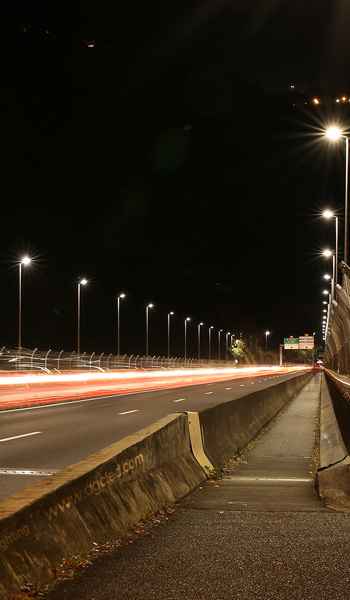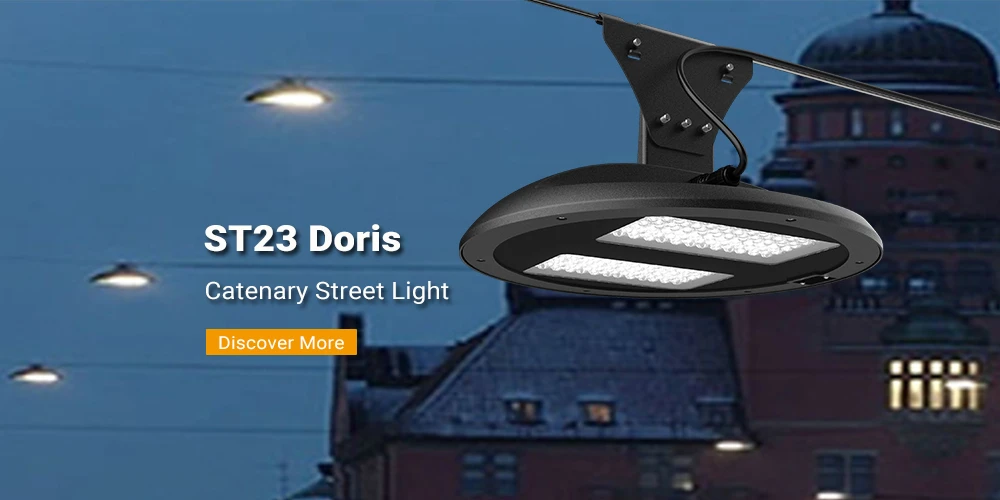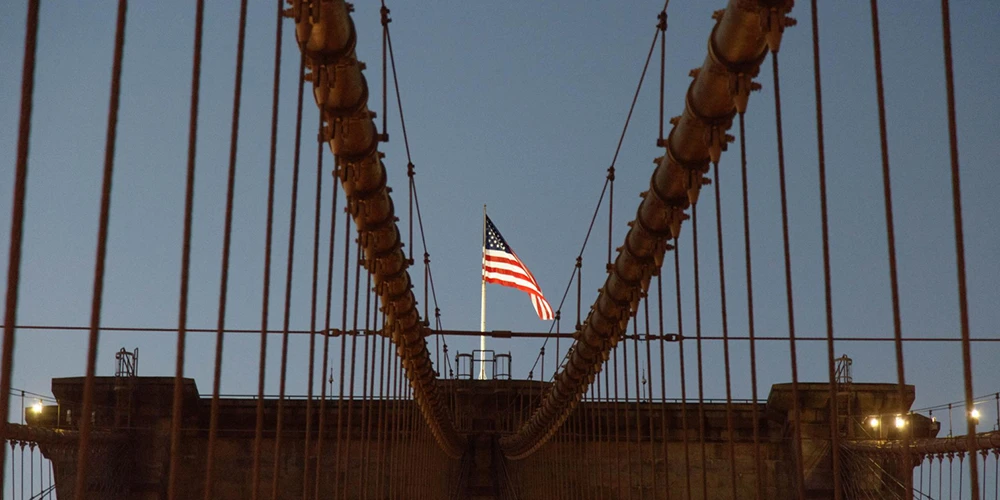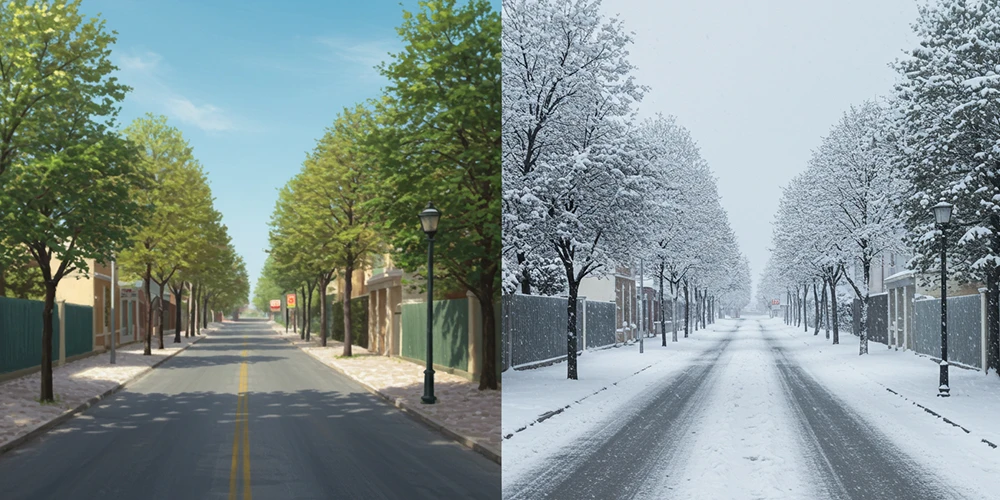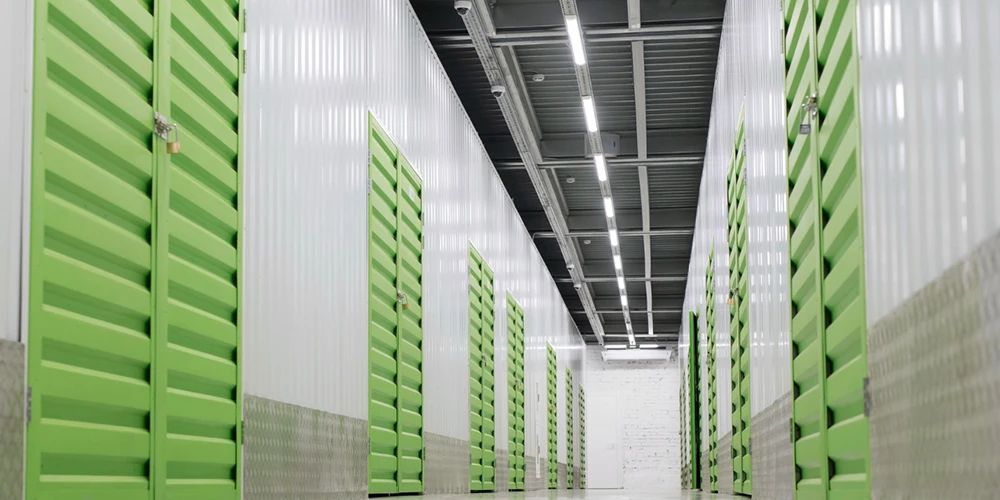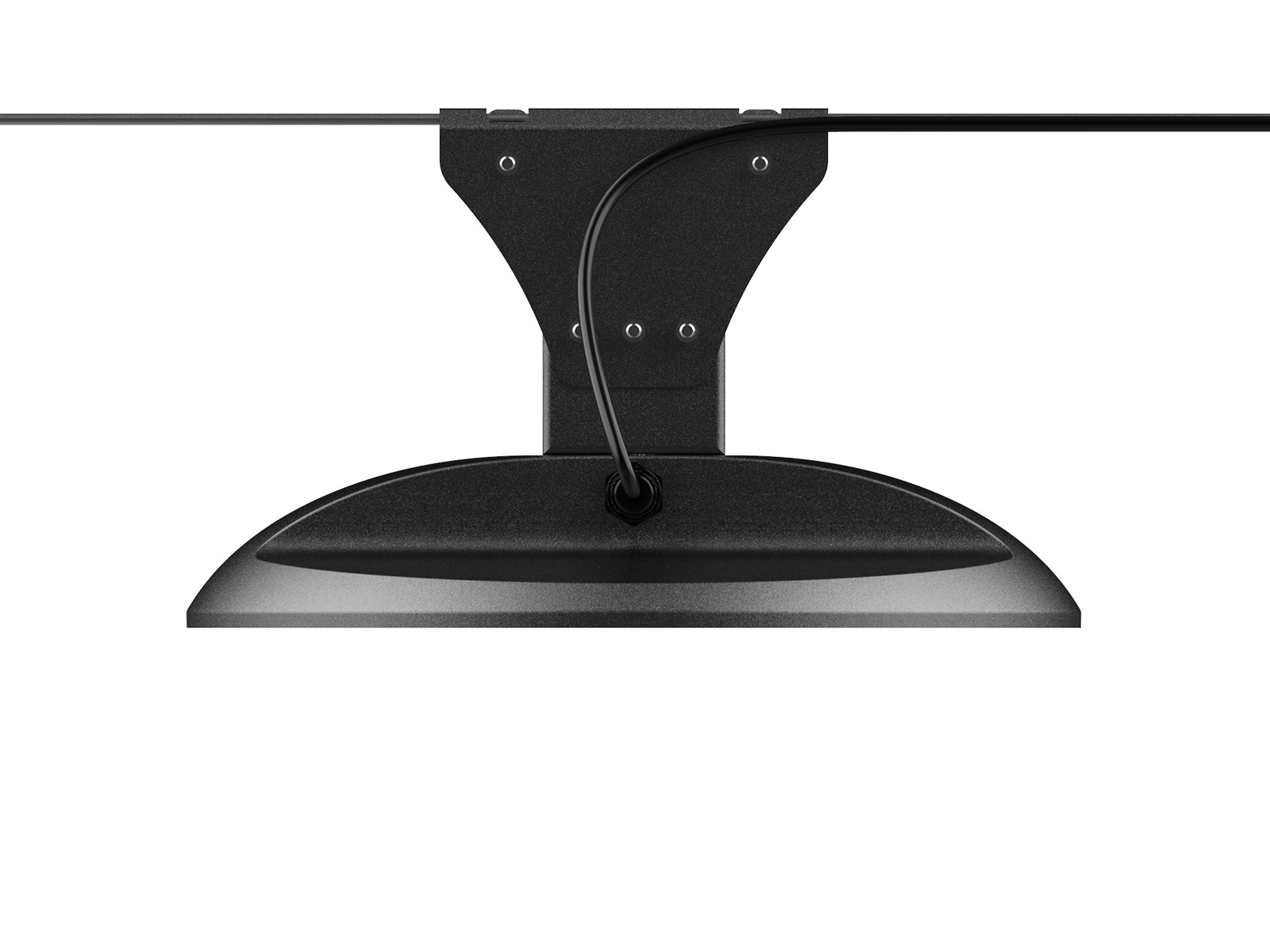Urban lighting plays a crucial role in public safety and nighttime enjoyment. Streetlights, typically mounted on poles, help illuminate roads and walkways, making cities safer and more accessible after dark. However, in some areas, installing poles may not be practical, or designers may prefer a more open, relaxed atmosphere without excessive structures.
This is where catenary lighting comes in. Suspended overhead, these lights provide both functional illumination and aesthetic appeal, enhancing public spaces with a seamless, inviting glow. They offer a stylish and efficient solution for areas where traditional pole-mounted lights might not be ideal.
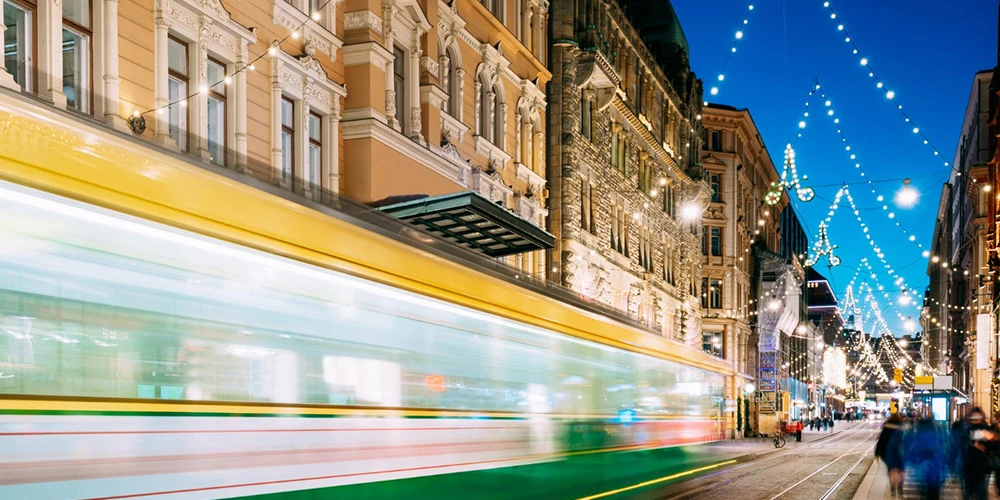
What Is Catenary Lighting
The term “catenary” describes the natural curve that forms when a cable or chain hangs under its own weight between two points. This is where catenary lighting gets its name.
Catenary lighting is an outdoor lighting system where fixtures are suspended from cables stretched between poles or buildings. This approach reduces the need for poles, creating open, unobstructed spaces while providing both functional and visually appealing illumination. It is commonly used in streets, plazas, and public squares to enhance both aesthetics and lighting quality.
Why Catenary Lighting Matters
Catenary lighting is more than just a way to illuminate public spaces—it reimagines urban lighting by balancing functionality, aesthetics, and sustainability. It offers key advantages in preserving sightlines, maintaining a human-scale design, and promoting environmental efficiency.
Preserving sightlines
One of the standout benefits of catenary lighting is its ability to reduce ground-level clutter by suspending fixtures overhead. This is especially important in scenic areas and historic districts, where preserving the visual character of the space is a priority.
Take historic tram lines as an example. These often run through older, narrower streets already filled with tram tracks, platforms, signage, and pedestrian traffic. Adding poles or columns for lighting could create unnecessary visual clutter, making the space feel crowded and less inviting. Catenary lighting solves this issue by providing effective illumination without disrupting the area's architectural charm or sightlines.
Human-scale design
In bustling urban spaces like downtown streets, shopping districts, car-free zones, and internal road networks within city blocks. Unlike traditional pole-mounted streetlights, which can feel intrusive or cluttered, catenary lighting provides unobtrusive illumination that enhances the pedestrian experience.
By suspending fixtures overhead, this lighting system minimizes ground-level obstructions, making streets feel more spacious and accessible. The softer, more diffused light also contributes to a warm and comfortable atmosphere, prioritizing people’s experience.
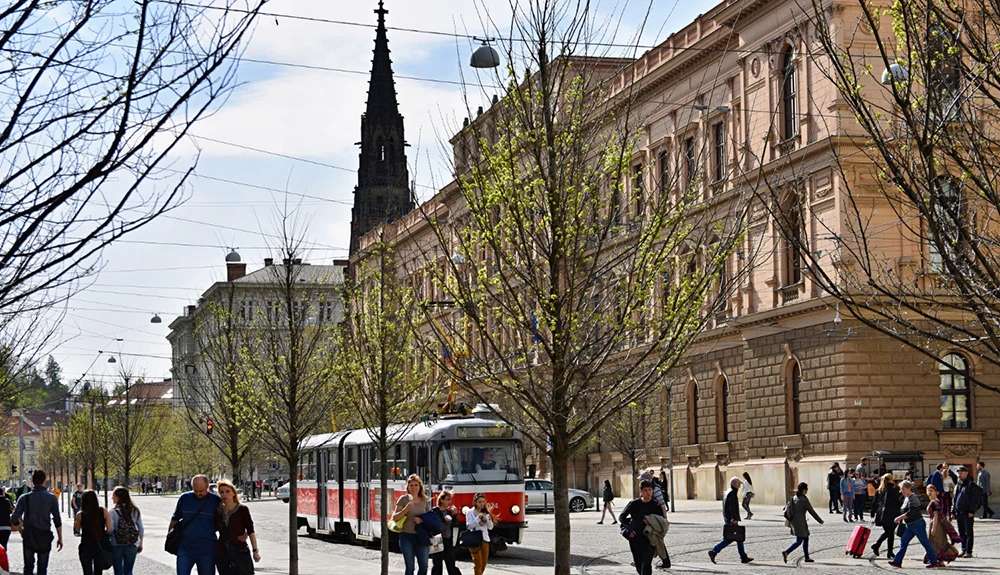
Environmentally friendly
Public lighting has often been poorly planned, relying on outdated designs that don’t always work well for our cities. This has led to problems like too much brightness and light pollution, which can disturb wildlife, block our view of the stars, and create glare for people nearby.
Catenary lighting offers a better solution. Modern LED systems use much less energy than traditional streetlights. Catenary lighting directs light downward, ensuring it illuminates only the areas that need it. This reduces glare, minimizes light pollution, and creates a more sustainable and visually comfortable environment.
Considerations for Catenary Lighting Implementation
Thinking about enhancing public space with catenary lighting? These suspended systems add both beauty and functionality, but a successful installation requires thoughtful planning.
Site conditions
Start by assessing the space—its width, existing structures, and environmental factors. The mounting points, whether buildings, poles, or other supports, must be strong enough to handle the weight of the lighting system as well as external forces like wind load and weather. To ensure safety and durability, a load capacity of at least 1.5 times the calculated maximum weight is recommended.
Cable net arrangement
A well-planned cable net arrangement is essential for both functionality and aesthetics. Precise positioning ensures the lights are exactly where they’re needed, while proper height and cable tension help prevent excessive swaying and maintain safety. Using durable materials like stainless steel wire ropes enhances longevity and reliability.
The layout of the catenary lighting system also plays a key role in both performance and design:
- Single-cable catenary systems are simple and ideal for shorter distances, such as alleyways.
- Linear grid catenary systems work well in both small and large spaces, providing a structured and uniform lighting pattern.
- Central spine catenary systems create an elegant, sculptural effect, adding artistic appeal.
- Random central ring catenary systems are perfect for large open areas, offering dynamic and visually striking illumination.
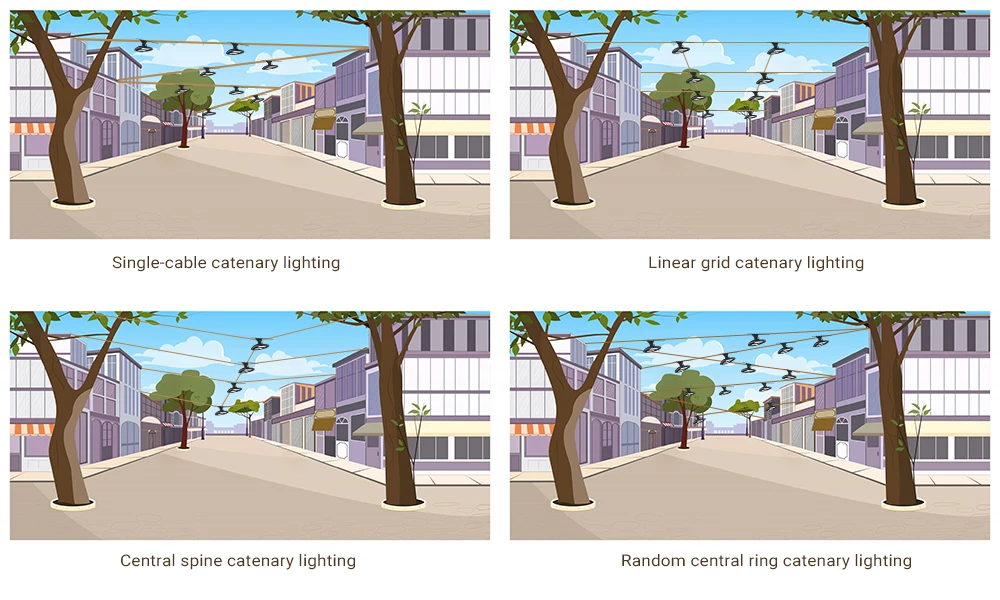
Lighting requirements
Carefully evaluating lighting requirements is essential for creating functional and visually appealing urban spaces. This includes selecting the right fixtures, determining the appropriate brightness, choosing the ideal color temperature, and ensuring effective light distribution.
Outdoor lighting fixtures must withstand environmental challenges such as wind, heat, and rain. To ensure durability, choose fixtures with anti-corrosion properties, a high IP rating for water and dust resistance, and efficient heat dissipation.
Lighting should be both sufficient and comfortable to enhance safety and visibility. For pedestrian walkways and paths, an average illumination of 5–10 lux with a uniformity ratio of 3:1 or better is typically recommended.
When it comes to light distribution, the right choice depends on the space and its specific needs. Commonly used distributions for catenary street lighting include: IES Type I, Type V and VS.
While these are common strategies, the best approach will always depend on the unique requirements of each space.
Maintenance
Planning for maintenance is just as important as the initial design. Regular cleaning, light replacements, and repairs help keep the system functional and visually appealing over time.
Consider how the system will accommodate seasonal decorations or event-specific lighting changes. If the space will require different lighting themes for celebrations or special occasions, ensure the design allows for easy adjustments and additions. A well-thought-out system not only enhances durability but also provides the flexibility to adapt to changing needs.

